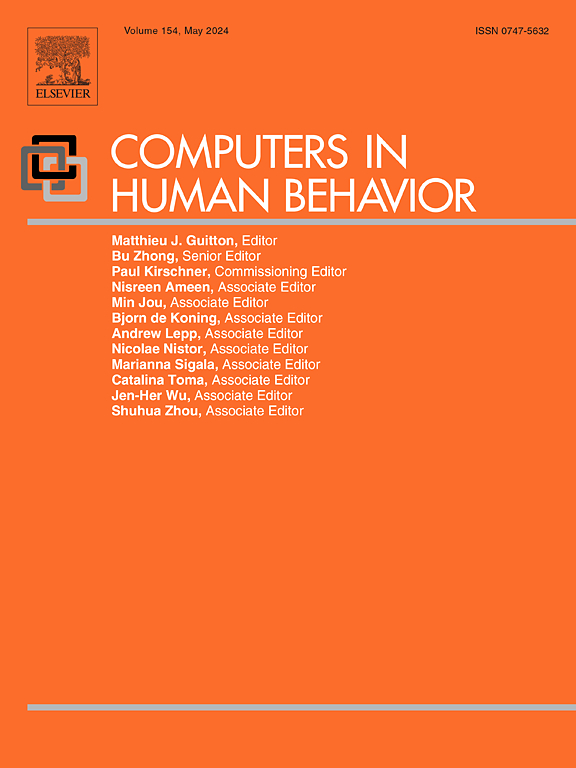Virtual reality versus classic presentations of mass media campaigns: Effectiveness and psychological mechanisms using the example of environmental protection
IF 9
1区 心理学
Q1 PSYCHOLOGY, EXPERIMENTAL
引用次数: 0
Abstract
Virtual reality (VR) and 360° VR videos are increasingly important for media advertising campaigns due to their immersive potential. This particularly applies to topics many recipients find difficult to grasp, including environmental protection issues. However, previous research on the effects of 360° VR videos on users' environmental attitudes and behavioural intentions, compared to more traditional media, came to mixed results and lacked a consistent approach regarding the considered presentation modes and mediating mechanisms. To address this circumstance, we compare the effects of 360° VR videos with 2D video, audio, and printed text, and examine the potential roles of spatial presence, narrative transportation, and affect. We presented three environmental protection documentaries in one of the four presentation modes to the participants, who then rated their experiences as well as their environmental protection and donation intentions. We analysed data from 128 participants and examined the main effects of presentation mode (360° VR video vs. 2D video vs. audio vs. text) on spatial presence, narrative transportation, and positive and negative affect as well as indirect effects of presentation mode on participants’ environmental and donation intentions via these four psychological mechanisms. Results revealed that the 360° VR video condition evoked significantly stronger feelings of spatial presence, narrative transportation, and positive affect than the other conditions. We also found significant indirect effects of presentation mode on environmental protection and donation intentions via narrative transportation. These results emphasise the relevance of the narrative for virtual marketing campaigns and the need to consider mediators in VR research.
求助全文
约1分钟内获得全文
求助全文
来源期刊

Computers in Human Behavior
Multiple-
CiteScore
19.10
自引率
4.00%
发文量
381
审稿时长
40 days
期刊介绍:
Computers in Human Behavior is a scholarly journal that explores the psychological aspects of computer use. It covers original theoretical works, research reports, literature reviews, and software and book reviews. The journal examines both the use of computers in psychology, psychiatry, and related fields, and the psychological impact of computer use on individuals, groups, and society. Articles discuss topics such as professional practice, training, research, human development, learning, cognition, personality, and social interactions. It focuses on human interactions with computers, considering the computer as a medium through which human behaviors are shaped and expressed. Professionals interested in the psychological aspects of computer use will find this journal valuable, even with limited knowledge of computers.
 求助内容:
求助内容: 应助结果提醒方式:
应助结果提醒方式:


